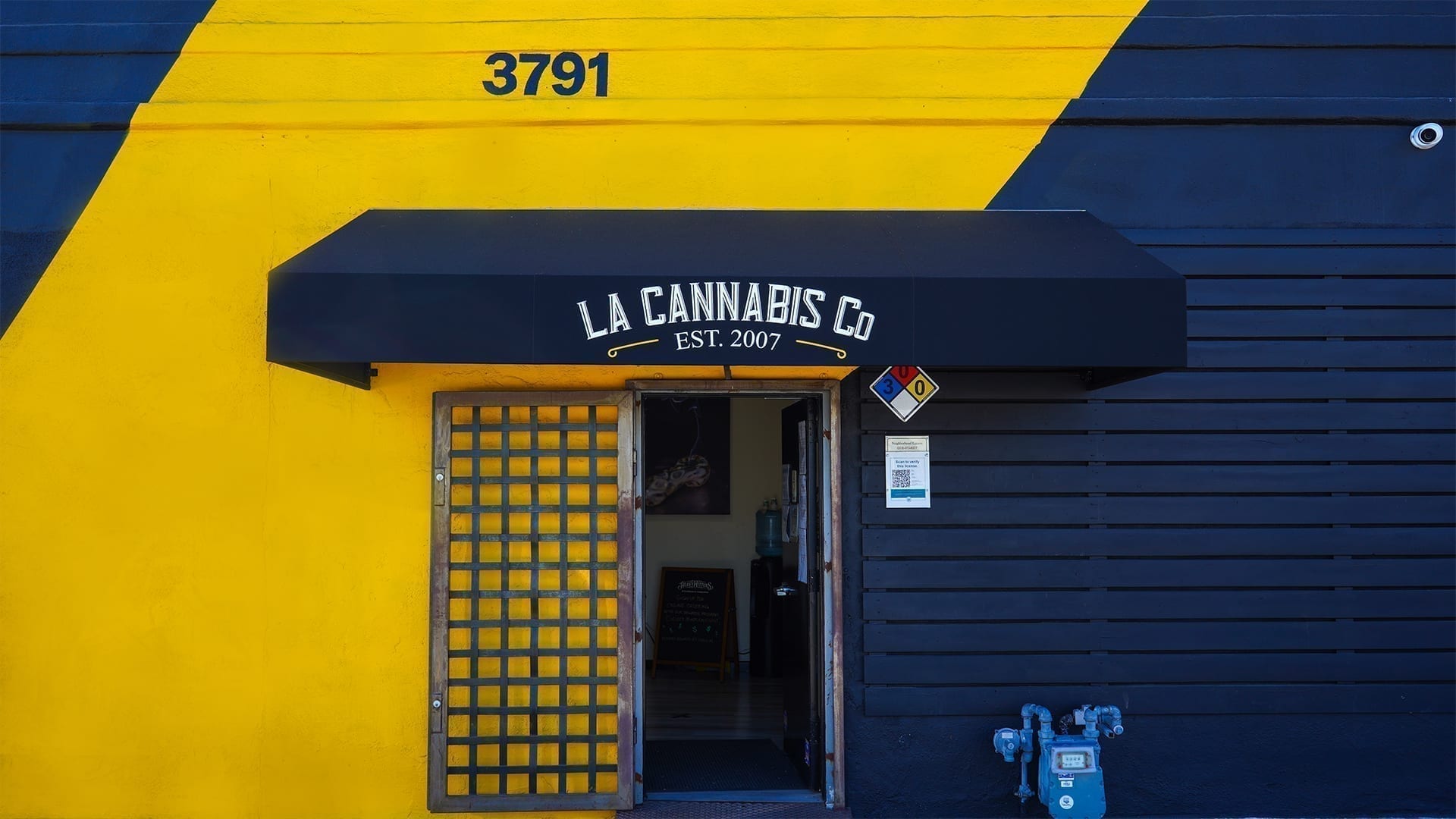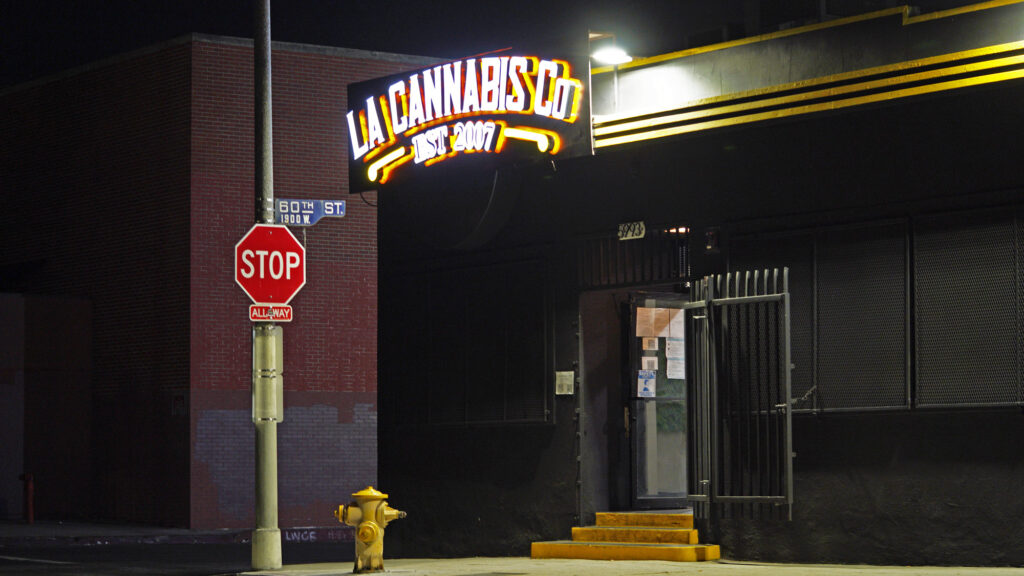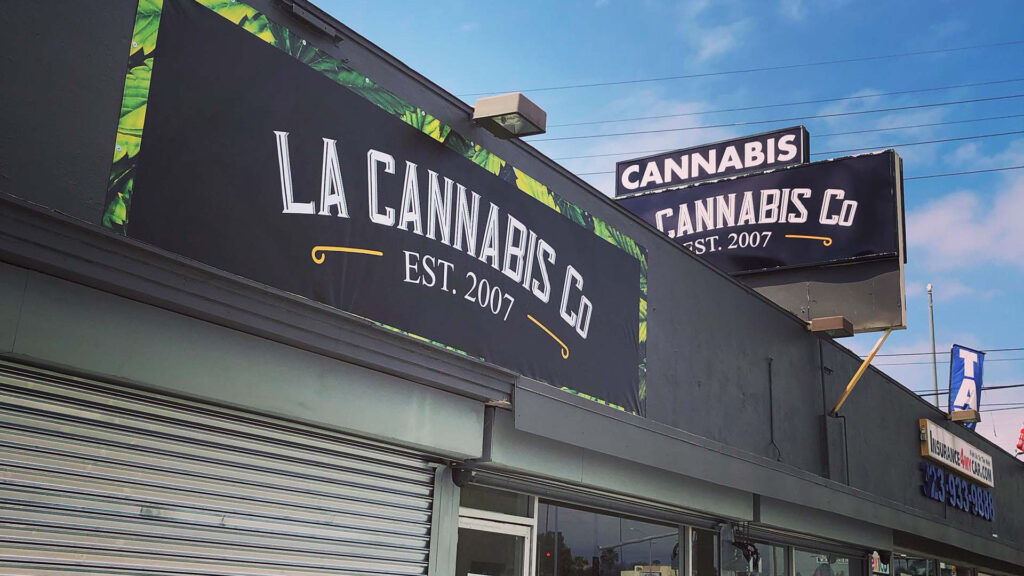As a cannaseur, you may know Cannabis sativa (marijuana) is a psychoactive plant that does all sorts of wonderful things.
What you may not know is that this plant contains over 500 components, 113 of which are identified as cannabinoids. The most abundant, THC and CBD, have been extensively studied for their medicinal properties. The cannabinoid concentration of the plant determines the potency of cannabis. The higher the THC concentration, the more intense the psychoactivity will be. CBD, in contrast, counteracts certain side effects of THC, such as anxiety and paranoia.
The way people consume cannabis has changed drastically over recent years. What used to be as simple as smoking some dried flower has transformed into finding relief through an assortment of flower, tinctures, edibles, lotions, beverages, wax, and more. For some, this abundance of options can be overwhelming, especially when you toss in the different ratios of CBD to THC.
Of course, talking to your budtender will give you an idea of what products may work best for you. However, you can learn how the ratios work on your own as well. Once you understand the idea of CBD:THC ratios and the way your body responds to different levels of cannabinoids, you will be able to choose the products that will work best to give you the experience you’re looking for.
What are CBD:THC Ratios?
Even though cannabis and its cannabinoids are still being studied, the therapeutic and medicinal properties still stand out. THC and CBD are very different in how they interact with the cannabinoid receptors located throughout the body.
THC binds with the CB1 receptor in the brain, while CBD binds with the CB2 receptor while also preventing the CB1 receptors from binding with THC. This is how CBD counteracts and lessens some of THC’s effects and psychoactivity.
Cannabis products with ratios on the labels indicate the number of milligrams of CBD to THC. For example, a 1:1 product means for every milligram of CBD in the product, there is also one milligram of THC. THC has a long list of uses but also gives a psychoactive “high” effect. A product with a lower ratio of THC to CBD will produce less of a “high.”
CBD shares many of the medicinal properties of THC but also provides relief from anxiety and seizures. It does not, however, produce a “high” like THC. For this reason, many people prefer products with a higher ratio of CBD to THC because consuming a product low in THC comes with fewer adverse side effects.
Different CBD:THC Ratios
The different CBD:THC ratios can affect the way cannabis interacts with your body. Here is an overview of the most common CBD:THC ratios.
CBD:THC 0:1
This product contains no CBD, only THC. When you consume THC-only cannabis products, you will likely experience psychoactive effects, such as a “high.” You may enjoy this. However, not everyone does, and some prefer cannabis products with medicinal properties only. Some people find the high THC, no CBD products to be overwhelming in effects.
High-THC products are known to cause euphoria, mood uplift, dizziness, and laughter.
CBD:THC 1:0
A cannabis product with a CBD:THC ratio of 1:0 contains only CBD and no THC. This will not produce a high but will still improve your oval mood. Products with this ratio provide the therapeutic benefits of cannabis without the intense psychoactive effects. These products are great for treating mood disorders without side effects.
CBD:THC 1:1
Products with this ratio contain an equal amount of CBD and THC and tend to produce mild psychoactive effects. Cannabis products with a 1:1 ratio offer medicinal benefits for conditions like insomnia, fibromyalgia, and MS. A product with this balanced 1:1 CBD:THC ratio will likely offer a very light high while primarily promoting relaxation, calm, and euphoria. There are minimal side effects.
CBD:THC 1:2
This is a ratio that will produce a high from the THC. However, because there is CBD present, you are more likely to feel relaxed and at ease than anxious and paranoid like high-THC ratios can cause.
CBD:THC 2:1
This is a higher CBD ratio product, which means the common side effects of THC, such as anxiety, paranoia, and euphoria, are eliminated. This is an ideal ratio for someone sensitive to THC or who does not want to get high. With this ratio, the THC effects are so mild that you may not even notice them.
CBD:THC greater than 10:1
Some people with depression, anxiety, seizure disorders, and other conditions find the most relief from a high CBD ratio like 10:1. This product will not produce a high but will instead provide the therapeutic benefits of CBD and THC.
CBD:THC greater than 1:10
Products containing a CBD:THC ratio of 1:10 or more are best suited for recreational use. However, some people benefit from THC-rich products to alleviate nausea, migraines, pain, insomnia, stress, and glaucoma symptoms.
Dosing CBD:THC Ratio Cannabis Products
To determine the best CBD:THC ratio for your needs, here’s what you need to do.
1) Determine your optimal CBD:THC ratio. Cannabis products vary in amounts of THC and CBD. Products with a higher level of THC or CBD aren’t going to be better than products with a balanced ratio automatically. Optimize your use of cannabis by finding the right combination for your needs.
2) Start low and go slow. Start off going slow and using lower doses. This is especially important if you are starting your journey with cannabis and haven’t consumed much.
3) Spread out the doses. Space out the doses, so you’re taking them throughout the day instead of all at once.
4) Try the same ratio and dose for a few days. Take note of how you feel, and adjust the amount or the ratio accordingly.
5) You can get too high. Remember not to overdo it. In most cases, less is more.
6) Take note of side effects. While cannabis is safe, you may experience some dizziness, dry mouth, and faintness, depending on the dose, the ratio, and your tolerance.
7) Talk to an experienced budtender. They will help you figure out the right dosage for you.




